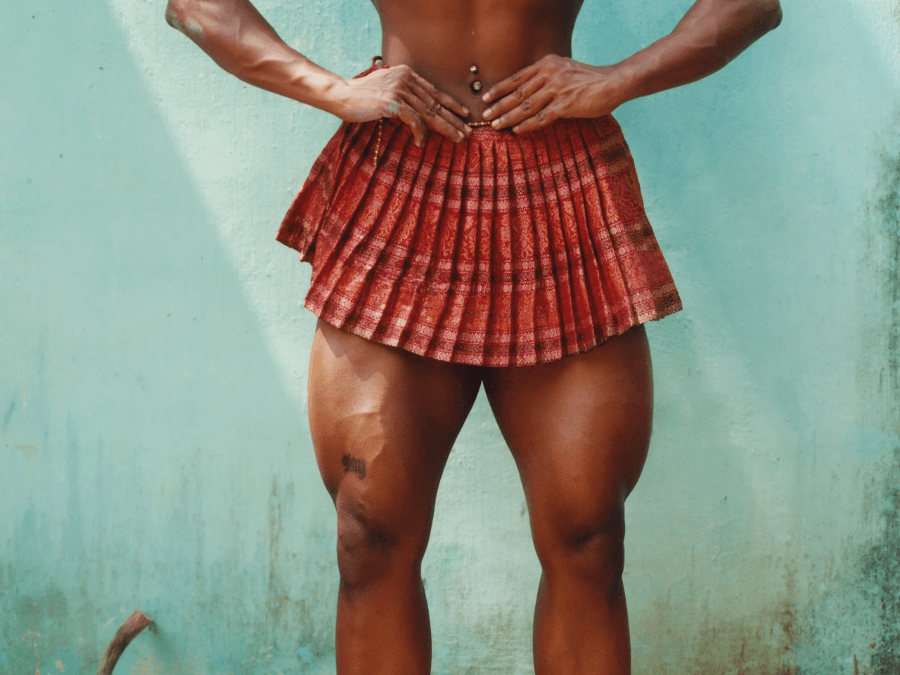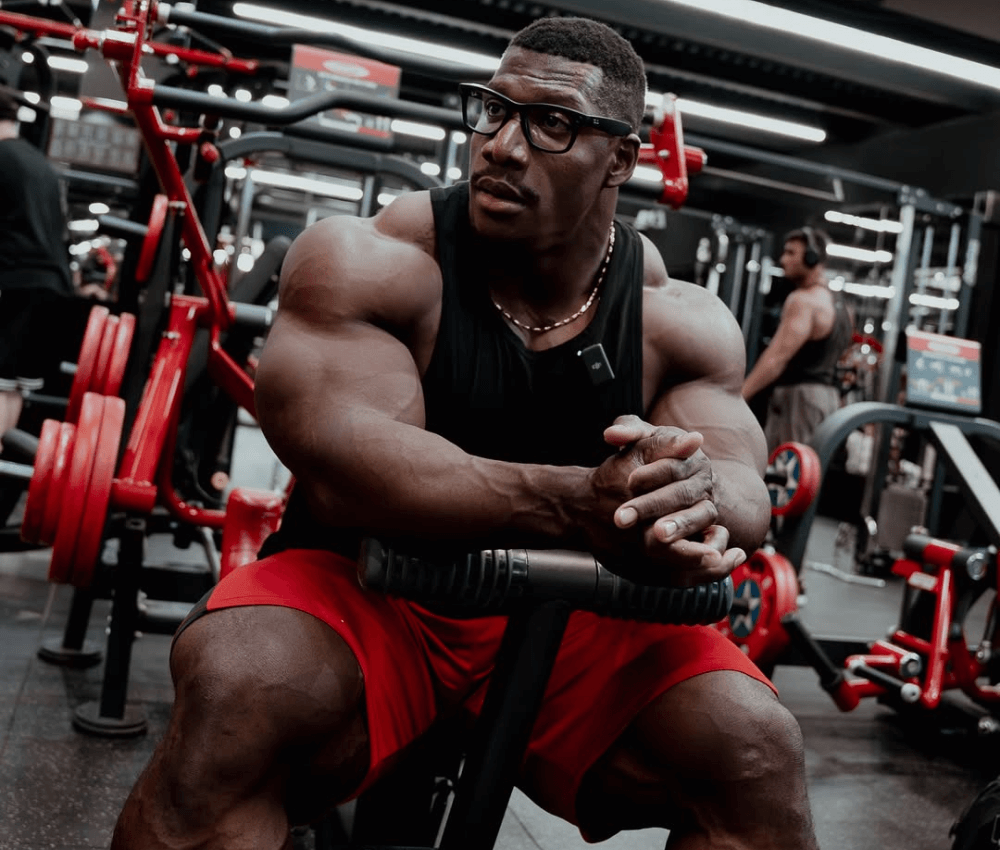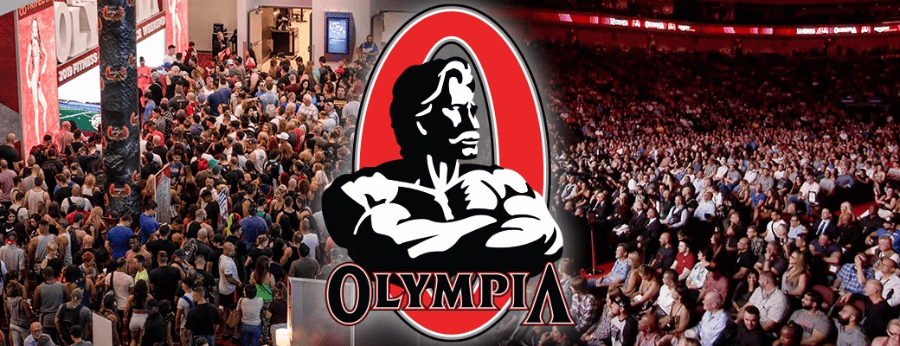Table of Contents
Last updated on May 26th, 2025 at 09:29 am
There’s something inherently contradictory about how society views strong women. Muscle on men is admired—proof of dedication, discipline, and power. But feminine muscle? It often gets questioned. Women who lift are caught in a cultural double bind. They’re praised for their drive and work ethic but subtly policed when they cross an invisible line—where strength is no longer seen as beautiful, but as “too much.”
This paradox reflects deep-rooted beliefs about gender, strength, and control. A woman’s body isn’t just her own—it’s constantly being read, interpreted, and evaluated. And when a woman dares to take up space—literally and figuratively—society can’t help but respond, often with discomfort.
Historical Limits on Women in Fitness
This isn’t new. For decades, women in fitness spaces have been encouraged to move—but only within limits. Dance, aerobics, yoga—forms that emphasize flexibility and fluidity—were seen as appropriately feminine. Weightlifting? That was someone else’s territory. Women were told to tone, not build; to slim down, not bulk up, feminine muscle was not looked at with interest. The language of fitness was coded, quietly reinforcing the belief that power looked different depending on your gender.
Weightlifting, in contrast, was long considered the realm of men. For women, it was associated with aggression, masculinity, and bulk—three things they were told to avoid. Fitness advice was less about performance and more about aesthetics. The goal? To be smaller, slimmer, quieter. The language was coded but clear: your power should be invisible.
Rewriting the Fitness Script
But something started to shift. As more women entered the gym, they stopped chasing smallness and started chasing strength. They traded hours of cardio for fewer, heavier lifts. They ate more and tracked progress in plates, not pant sizes. And in doing so, they redefined what a “fit” female body could look like.
Still, the tension remains. A muscular woman stands at the intersection of admiration and judgment. Too strong? Too big? Was it too much? Her body becomes a statement—sometimes unintentionally—about control, agency, and visibility. The same qualities celebrated in male athletes can mark women as unfeminine or intimidating.
Soon women began reclaiming their bodies, not as objects to be viewed, but as tools to be used. Strength became a new form of beauty—not defined by thigh gaps, but by deadlift PRs. These women weren’t trying to conform to old ideals. They were rewriting them through feminine muscle.
And in doing so, they challenged the very notion of what it means to be “fit” or “feminine.”
The Double Standard of Visibility
At the heart of the feminine muscle paradox is the idea of form—how we carry ourselves, how we’re seen, and how we measure success. In lifting, good form is everything. It’s about moving with intention and avoiding injury. But beyond the physical, form is also aesthetic. It’s what’s visible. And for many women, that visibility becomes its own burden.
The same attributes—determination, grit, intensity—that are celebrated in male athletes can mark women as aggressive or unfeminine. There’s a subtle policing of appearance, as if women can only be strong if it still conforms to a palatable version of femininity.
However, this scrutiny reveals deeper anxieties: about control, agency, and the visibility of female power.
The Aesthetic Burden
Fitness culture, especially online, has also amplified this. Women record themselves to track progress and check technique, but also to share—and, inevitably, to be judged. Social media rewards certain bodies over others. Even in spaces meant to empower, old ideals creep in. The pursuit of strength can slowly morph into another beauty standard.
And yet, lifting holds power. It teaches discipline, builds resilience, and reshapes not just bodies but beliefs. The act of picking up something heavy and realizing you can move it—that you’re stronger than you thought—can be transformative. It can change how you walk through the world.
Social Media and the Reinvention of Strength
Social media has also changed the game for feminine muscle—but not always for the better. Platforms like Instagram and TikTok have allowed women to showcase their strength, track their journeys, and build communities. Fitness influencers inspire millions with videos of their workouts, transformations, and discipline.
But with visibility comes judgment. Algorithms reward a narrow standard of beauty, even within strength culture. Lean abs, glutes, and muscle tone are praised—but only if they come in the “right” proportions. The same platforms that empower can also reinforce the very standards women are trying to escape.
For many, the pressure to be strong becomes yet another performance—a curated version of empowerment that still centers the gaze of others.
The Transformative Power of Lifting
And yet, lifting holds a kind of magic. The act of picking up something heavy and realizing you can move it—that you are stronger than you thought—is powerful. It teaches discipline, resilience, and also self-trust. It gives women a new sense of control—not just over their bodies, but over their boundaries, identities, and goals.
Moreover, in a world that often tells women to shrink, lifting encourages expansion. To take up space. To be seen and not apologize for it.
It’s not just physical. The strength gained in the gym spills into every part of life—how you carry yourself, how you make decisions, how you navigate the world.
Real Voices: Stories of Muscular Women
Take Maria, a 35-year-old powerlifter, who started lifting after a tough divorce. “Lifting saved me,” she says. “Every time I pulled that bar off the ground, I reminded myself—I can carry this. I can carry me.”
Or Jasmine, a former gymnast turned CrossFit coach: “I used to work out to stay skinny. Now I train to get strong enough to protect myself. My body is mine now. Not for show—for me.”
Their stories echo a common theme: strength as survival. Strength as self-love.
The Role of Media and Pop Culture
Furthermore, pop culture is slowly catching up. Characters like Wonder Woman, Captain Marvel, and female UFC fighters are challenging traditional representations. Advertisements now also show women doing deadlifts, not just dancing in yoga pants.
But the question remains: Are these portrayals truly inclusive, or just new versions of old ideals? Are they diverse? Are they real?
Media has the power to shift narratives—but only if it embraces strength in all its forms, not just the commercially palatable ones.
Moving Forward
But strength, like identity, isn’t static. It grows, plateaus, regresses, and rebuilds. There’s no final form. For women who lift, this is both freeing and frustrating. The journey never really ends. It loops, teaching you again and again that progress isn’t always visible—and that what you feel often matters more than how you look.
In the end, the muscle isn’t the message. The message is this: women can take up space, bear weight, and carry power—in every sense. And they don’t need permission to do it.







